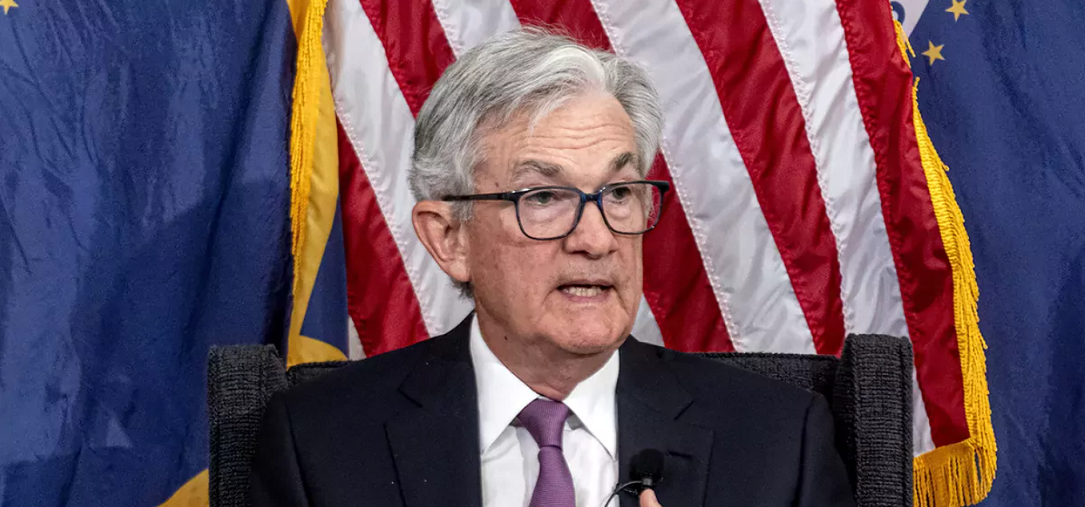
François Christen
Chief Economist
The implosion of small banks in the US generates immense confusion and a flight to safety.
Original article published in French on agefi.com
The collapse of two second-tier US banks, including the now famous Silicon Valley Bank (SVB), has suddenly overshadowed the macroeconomic news and brought the concept of “Fed put” back into focus. Earlier in the week, Jerome Powell’s warnings had led investors to revise the Federal Reserve’s monetary policy path. The 0.25% increase in the Fed funds rate expected on March 22 was replaced by a 0.5% increase. In the same vein, the “terminal” interest rate of the tightening cycle was again revised upwards to a range between 5.5% and 5.75%, pushing the yield on the 2-year T-Note close to 5.1%!
However, this scenario was brutally wiped out by the implosion of SVB following an unsuccessful recapitalization attempt triggering massive withdrawals (a “bank run”) to which the bank could not respond without realizing significant losses on a bond portfolio depreciated by the aggressive increase in interest rates. Unsurprisingly, the SVB crisis has led to questionable analogies with the 2008 crisis and diagnoses of a “Lehmann moment” leading to a major systemic crisis.
Aware of the risks of contagion, the federal authorities have been working all weekend to contain a crisis that is microeconomic in nature. The Treasury Department, the Federal Reserve and the FDIC (in charge of deposit insurance) were able to announce a set of measures allowing depositors to access all of their assets (beyond the 250,000 insured in the US). At the same time, the authorities also announced the closure of the Signature bank, which was faced with massive withdrawals last Friday. These liquidations should theoretically not cost the taxpayers anything (the losses being supported by the shareholders and the unprotected creditors).
The events have been amply transmitted to the bond market, where Jerome Powell’s warnings are now considered to be outdated. Expectations have once again shifted towards a 0.25% interest rate hike, or even the status quo, and a terminal rate of less than 5%, implying an end of cycle on March 22! In short, the implosion of the SVB has had the effect of a bomb on the financial markets despite its a priori microeconomic nature. The systemic risk and the fear of a new “Great Financial Crisis” have relegated the macroeconomic news to the background for a period that will depend on the authorities’ ability to restore investor confidence.
Overshadowed by the potentially contagious fall of SVB, the employment report released on Friday showed the creation of 309,000 jobs in February. The household survey, however, showed a recovery in the unemployment rate to 3.6% (after 3.4% in January), which was the result of an increase in the participation rate. Average hourly earnings rose by a moderate 0.2% per month (4.6% year-on-year), allowing for a gradual approach, or even a pause, should the instability in the banking sector persist or worsen.
In Europe, euro yields sank in the wake of the US, taking the 10-year German Bund yield from 2.75% to less than 2.2% in four sessions! The decline in short-term yields is even more pronounced, foreshadowing greater restraint on the part of the ECB in the coming months and a lower terminal rate. Barring a cataclysmic event, the Governing Council should not give in to the prevailing panic and raise its key interest rates by 0.5% on Thursday. In all probability, a return to calm should imply a rebound in yields in a still inflationary environment.









